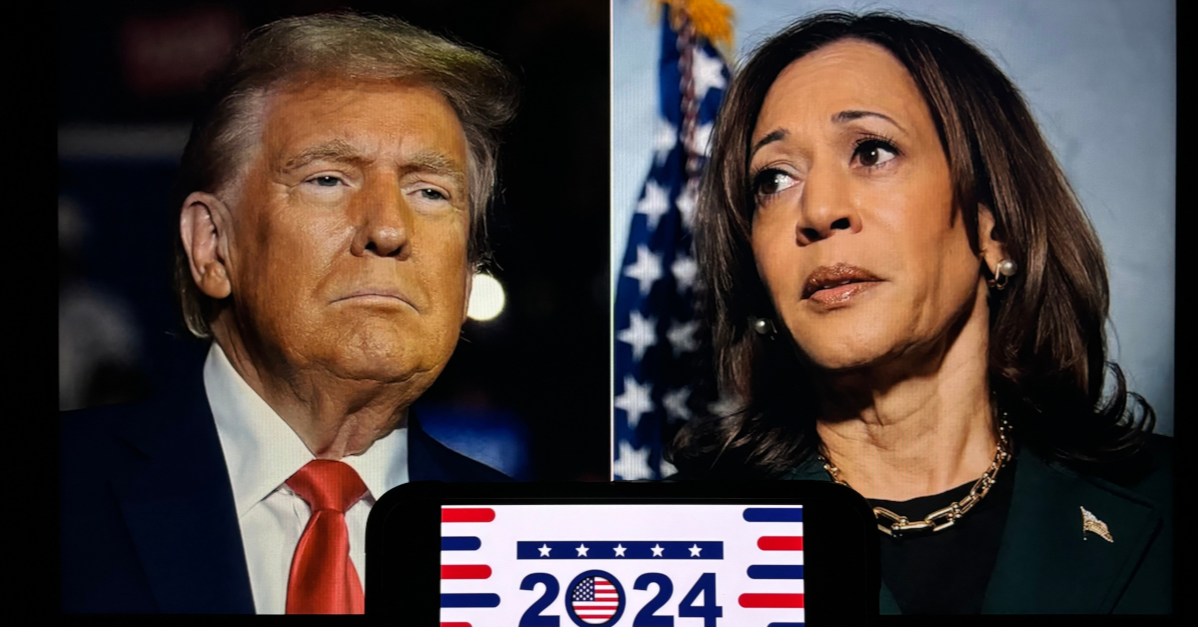How Did Donald Trump Become President Again? (Part 2)
Professor Peter Beattie, Political Economist & Political Psychologist, Chinese University of Hong Kong (CUHK)
14-Nov-24 15:00

Embed Podcast
You can share this podcast by copying this HTML to your clipboard and pasting into your blog or web page.
Close
Donald Trump is once again President of the United States of America.
He did so by defeating Democratic Party candidate Kamala Harris relatively comfortably. Heading to this year’s polls, all eyes were on the seven swing states – Pennsylvania, Michigan, Wisconsin, Georgia, Arizona, Nevada and North Carolina. Trump managed to win every single one of these states. Not only that, but he is also the first Republican candidate to win the popular vote since George W. Bush in 2004.
So, how did he do it?
We speak to Prof Peter Beattie, Political Economist & Political Psychologist at the Chinese University of Hong Kong (CUHK).
In part 2 of this conversation, we discuss:
• How progressives like Rashida Tlaib and Ilhan Omar won their seats despite not endorsing Kamala Harris and Joe Biden
• Is the Obama coalition finished?
• What’s the antidote to right-wing populism?
• What we can expect from Trump 2.0
Click here to listen to part 1.
Image credit: Shutterstock
Produced by: Dashran Yohan
Presented by: Dashran Yohan
This and more than 60,000 other podcasts in your hand. Download the all new BFM mobile app.
Categories: politics, government, international, controversies
Tags: jill stein, the bigger picture, beyond the ballot box, american politics, donald trump, kamala harris, us presidential elections, democrats, republicans, obama, right-wing populism, socialism, bernie sanders, us elections 2024,

